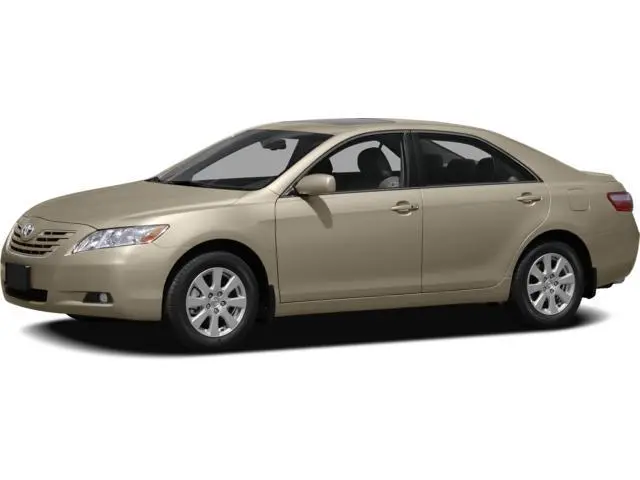Regional Specifications & Trims
Japan: 240X / 240G / 240G Limited; optional AWD; early Hybrid availability.
North America: CE (entry; badge phased out after 2009), LE, SE, XLE, Hybrid. Late production adopted the 2.5L 2AR‑FE with 6‑MT or 6‑AT.
Australia (Aurion): V6‑focused program from Altona with Sportivo trims, firmer suspension, 17–18" wheels.
Europe & Middle East: 2.4 VVT‑i and 2.2 D‑4D with manual options; premium “Grande” content in Gulf markets.
Asia & Russia: Manual transmissions retained on high‑spec 2.4 models; cold‑weather packages common in Russia.
